
 Arms of the Royal House of Stuart (retaining the Fleurs de Lys)
Arms of the Royal House of Stuart (retaining the Fleurs de Lys)HRH Prince Henry Benedict Stuart, Cardinal Duke of York, became the rightful king, after the death of his brother, "Bonnie Prince Charlie", Prince Charles Edward, de jure King Charles III of England, Scotland, France and Ireland, on 13 January 1788.
He thus, also, became King in America, Canada, Australia, New Zealand, India and all the other realms and territories of the nascent British Empire.
For instance, he became King in Australia since Australia was claimed for the Crown by Captain James Cook RN in 1770 and NSW became a Crown Colony on 26 January 1788, so the real first kings of Australia were Bonnie Prince Charlie and thence the King-Cardinal.
So it would be fitting to have a bicentenary Requiem in each of the realms and territories of the former British Empire. For instance, in Australia, either NSW or Tasmania (once Van Diemans Land), founded in 1788 and 1803, respectively, would be appropriate therefore both having owed allegiance to the King-Cardinal.
Interestingly, Jacobites are not Unionists in the Iain Paisley sense. They are "Personal or Crown Unionists" not "Kingdom Unionists" and so do not believe in Great Britain or the United Kingdom but rather in the personal union of the Crowns of England, Scotland, France and Ireland (and the Principality of Wales) whilst maintaining separate the kingdoms and governments of each of the nations i.e., the proper Catholic subsidiarist model based upon that of the Catholic Roman Empire and Roman Church.
In short, the Royal Stuarts endorsed the right and happy medium between the twin extremes of fissiparous nationalist separatism, on the one hand, and tyrannous Unionist centralism, on the other, both revolutionary political creeds that destroy rather than build.
The Cardinal was also King Henry I of Ireland since Henry VIII's Crown of Ireland Act of 1542 cannot be recognised because he was already then a usurper and heretic, and before him the English kings called themselves "Lord of Ireland", by rescript of the Holy See (Laudabiliter of Pope Adrian IV) with the Pope as feudal overlord, and not "King of Ireland".
However, in 1555, Pope Paul IV issued a papal bull granting the title "King of Ireland" to Philip II of Spain, following excommunication of Henry VIII, the latter having given himself the title by challenging the prior feudal right of the Papacy. The battle of Kinsale and the failed Spanish Armada put paid to Philip's rule and the red-haired, Catholic-murdering harridan and bastard queen, Elizabeth I, illegitimate daughter of Ann Boleyn by Henry VIII, took over.
King George V continued to reign, for a time, in Ireland as King of the United Kingdom but, not surprisingly, this met with problems in the Irish Free State, created after 1922 as a Dominion within the British Empire. Thus it was that, in 1927, the old Anglo-Irish title "King of Ireland" was revived to emphasize the Irish Free State's more independent status.
This, of course, was from where came the idea for the titles "Queen of Canada" and "Queen of Australia". etc.
So, a Requiem for the Cardinal-King should not offend the Irish nationalist conscience at all.
But where does the claim to France comes from? It goes back to King Edward III, being Norman-French himself and Duke of Normandy, and to the Hundred Years War. But it was a tenuous claim since it infringed the Salic law and claimed through a woman. King Henry VI of England held it de facto (and arguably de jure) until Joan of Arc (with the help of God!) pushed him out and put the Dauphin (as the heir to the French throne was called) on the throne as Charles VII in 1429.
However, the English kings hung on to the claim, despite losing all of their French territories during the Wars of the Roses, except Calais which was itself lost under King Philip I and Queen Mary I (Tudor).
Elizabeth I ceded all claim to Calais but kept the title Queen of France, despite, as did her successor King James I and VI under whom the Crowns of England and Scotland, but not the countries, were united. Hence the claim of the Royal Stuarts to the Kingdom of France continued but only nominally. Queen Anne allowed the Union of England and Scotland as Great Britain (never recognised by the Catholic Royal Stuarts) and kept the French title as did the Hanoverian usurpers, even after the Kingdom of France ceased to exist on 21 September 1792.
However, King George III finally dropped the use of the title with the Union of Great Britain and Ireland (as the United Kingdom) in the Act of Union of 1800 (also never recognised by the Catholic Royal Stuarts).
Hence the titles of the King-Cardinal.
He is therefore, I suppose, King Henry II of France but the Royal Stuarts never numbered their title for the obvious reason that, in exile, they relied upon the (de facto!) kings of France for protection.
I urge fellow Jacobites in the Commonwealth realms and former British imperial territories to celebrate Solemn Requiems for the King-Cardinal, also.
The proper form is to have a Solemn Mass (with deacon and subdeacon) and a catafalque draped in a black pall and, if you can get it, a replica of St Edward's Crown and the royal mantle, a Cardinal's scarlet galero (hat) and scarlet cappa magna (cape and train), draped at the front and back of the catafalque (the Cardinal's regalia nearest the altar) and a replica of the Garter Star and Collar on top of the catafalque, together with replicas of the Thistle Star and Collar, if you can get them.
The Requiem should end with the Absolution. Ideally it should be a Pontifical Solemn Mass (i.e. with a bishop) with Pontifical Absolution, such as we are having in England on 22 September 2007 (see above).
.jpg)
Prince Henry before Ordination, with Thistle (revived by his grandfather, James II and VII) and Garter in the old pre-Hanoverian style (lighter blue, diamond-encrusted star)







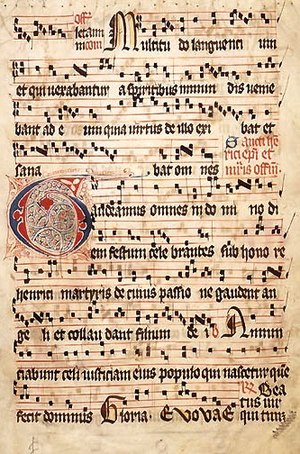

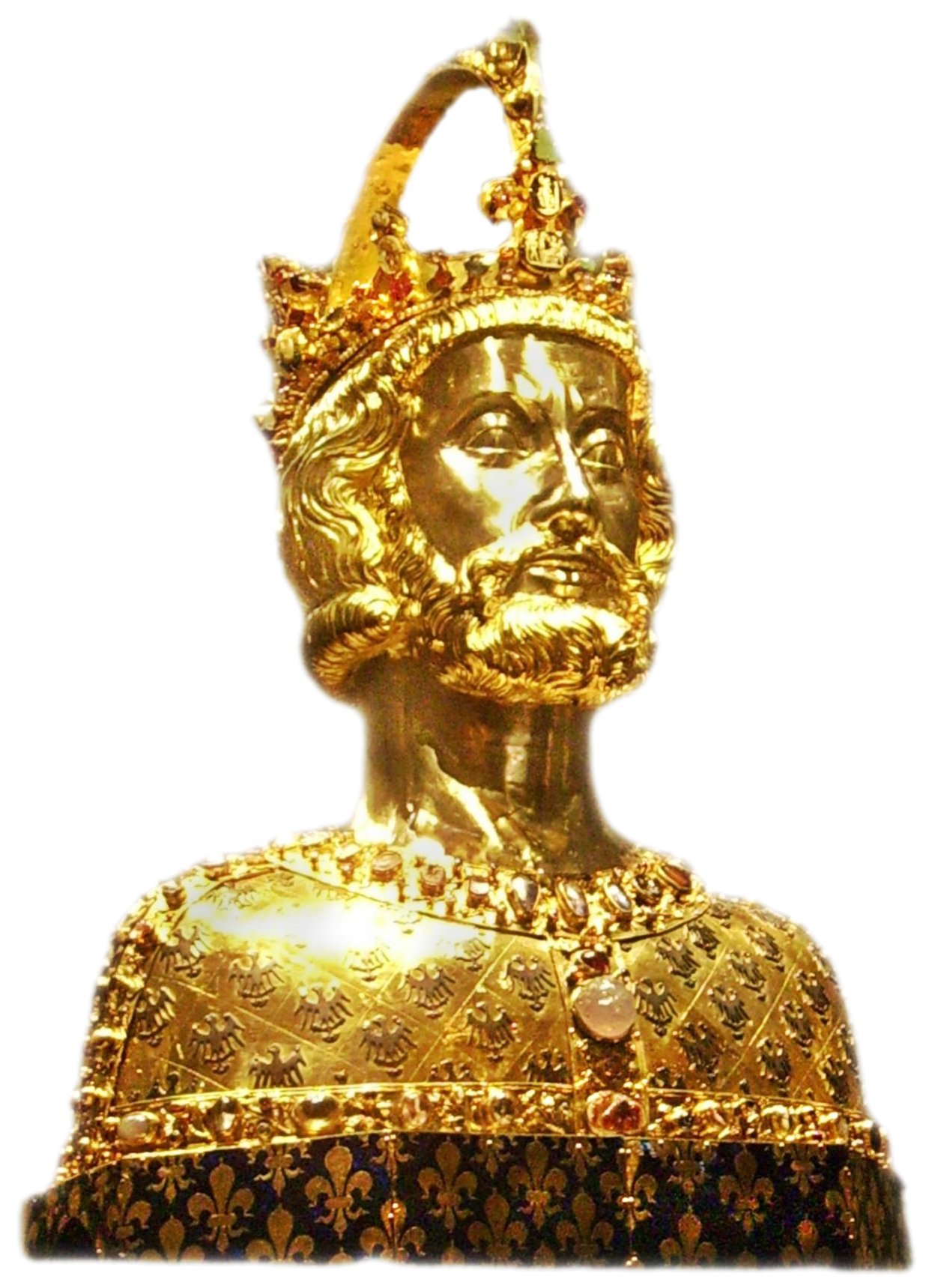
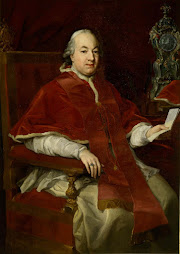


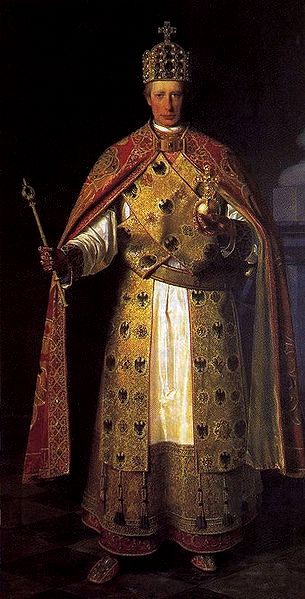

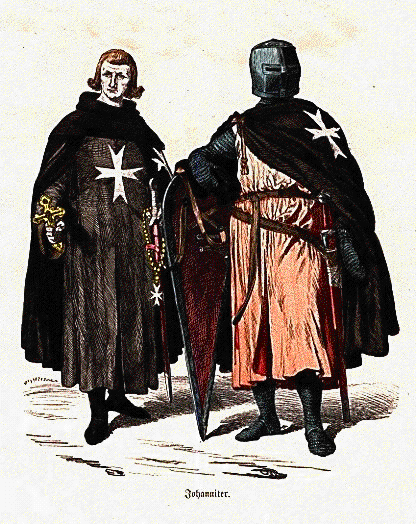

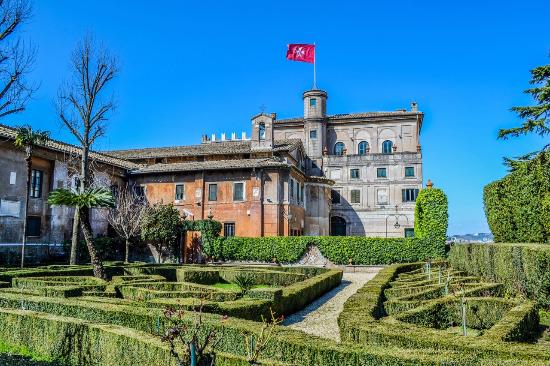


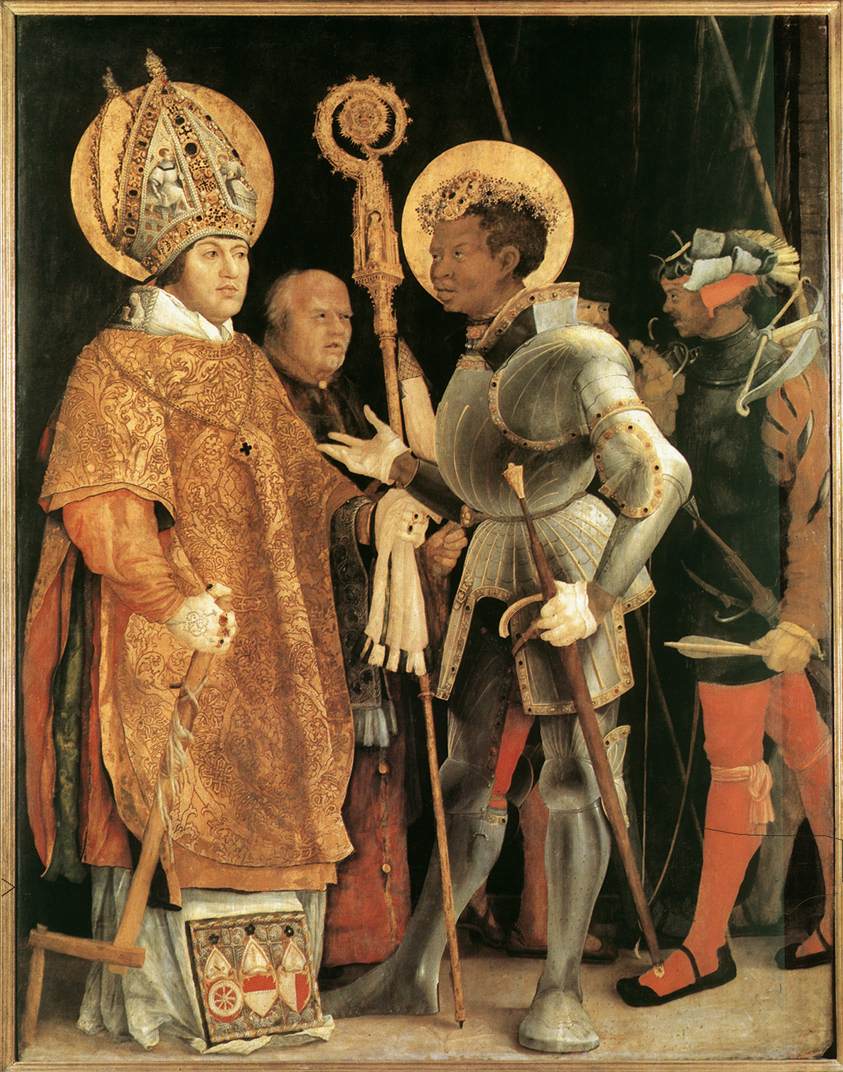
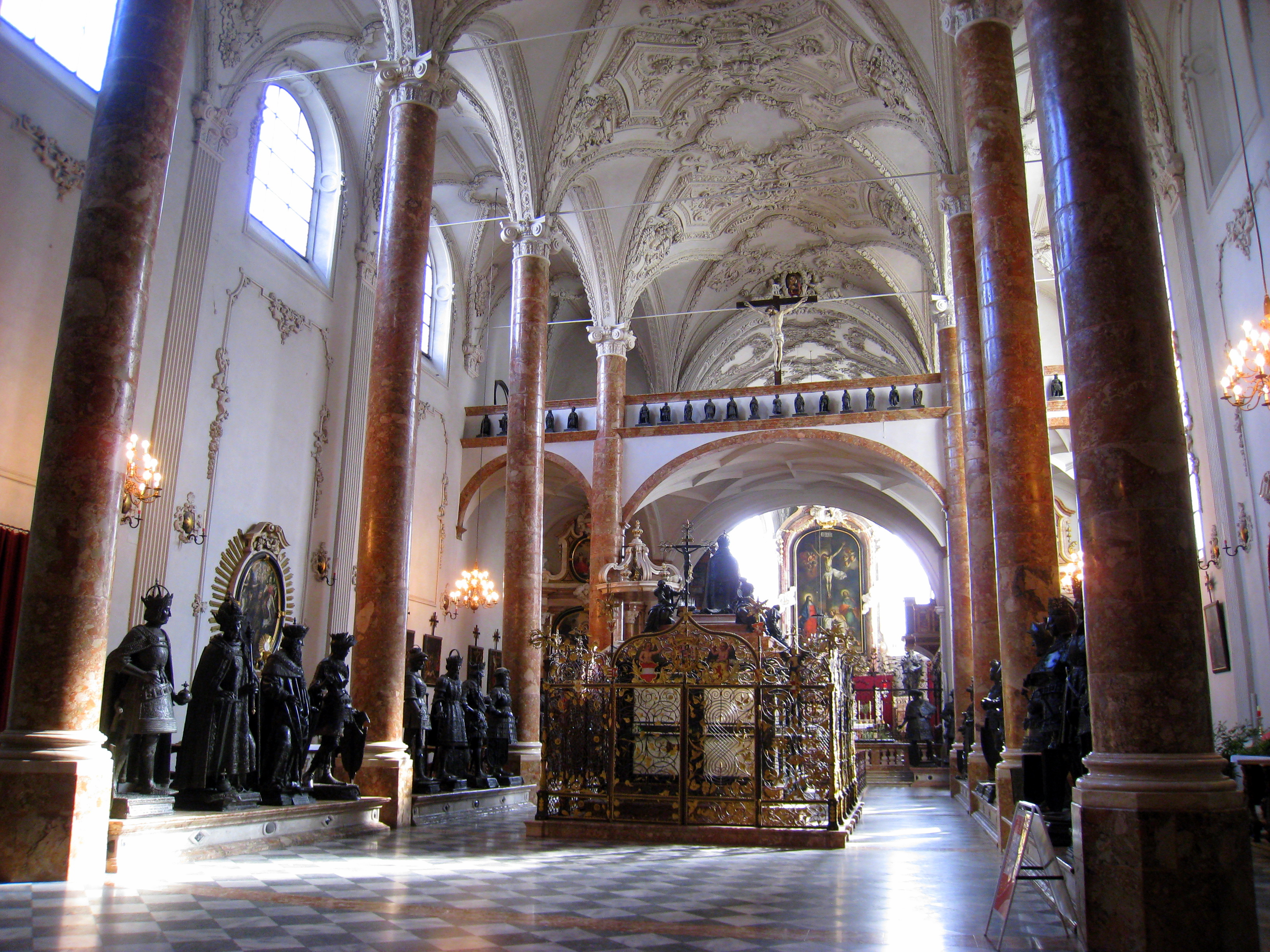

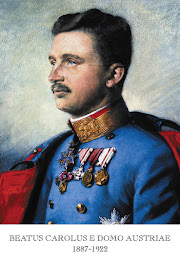
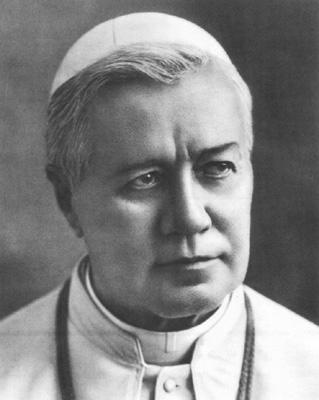

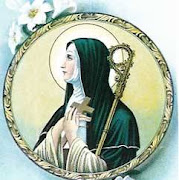


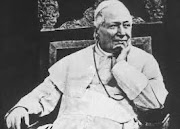
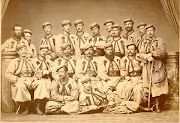

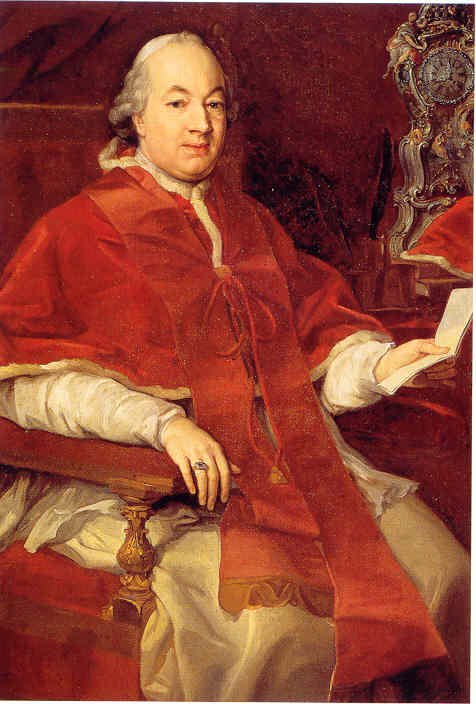
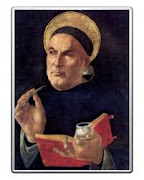


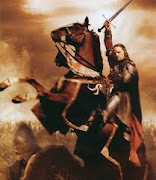

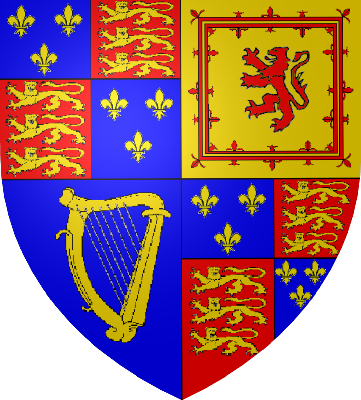
_-002.jpg/220px-Circle_of_Anton_Raphael_Mengs,_Henry_Benedict_Maria_Clement_Stuart,_Cardinal_York_(ca_1750)_-002.jpg)

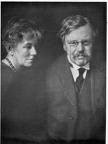

No comments:
Post a Comment